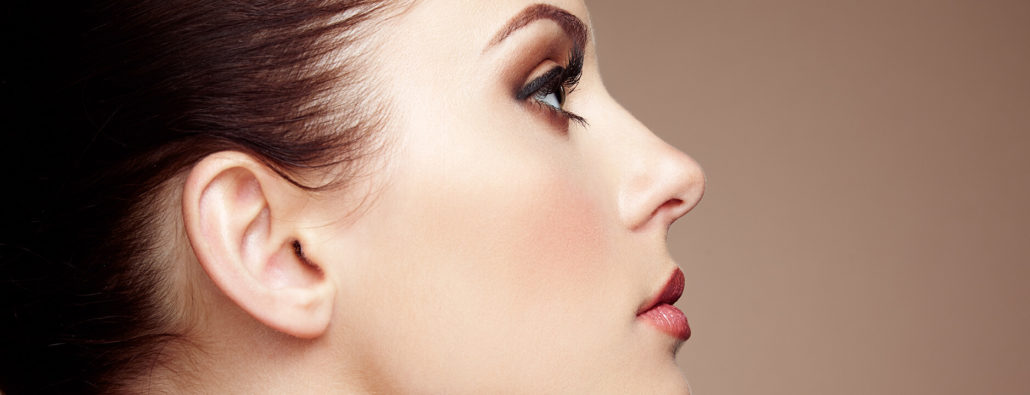Breathing is one of the most fundamental functions of life, yet for many people, structural issues within the nose can make this simple act difficult. Rhinoplasty, commonly associated with cosmetic enhancement, also plays a crucial medical role in improving nasal airflow and resolving breathing difficulties. Whether due to congenital defects, trauma, or anatomical deviations, functional rhinoplasty offers relief and restoration. For those considering corrective procedures in the Middle East, Rhinoplasty Dubai has gained popularity not only for aesthetic improvements but also for addressing critical breathing challenges.
Understanding Rhinoplasty: More Than Just Cosmetic
Rhinoplasty is a surgical procedure designed to reshape the nose. While it's widely known for enhancing facial harmony and appearance, its functional benefits are often underappreciated. When performed to correct internal nasal structures, rhinoplasty is also referred to as functional rhinoplasty.
Common Causes of Breathing Issues
Nasal breathing issues can arise due to a variety of reasons. Some individuals are born with anatomical abnormalities, while others develop them due to injury or chronic conditions.
Major Causes Include:
- Deviated Nasal Septum
A condition where the nasal septum (the cartilage and bone that divide the nasal cavity) is off-center, leading to obstruction.
- Nasal Valve Collapse
This refers to the narrowing or weakness of the nasal valve area, the narrowest part of the nasal airway.
- Enlarged Turbinates
Turbinates are small structures inside the nose that can become enlarged and block airflow.
- Congenital Defects or Trauma
Birth defects or accidents that alter nasal structure and impair breathing.
- Chronic Inflammation
Conditions like allergic rhinitis or chronic sinusitis can cause persistent swelling and blockages.
How Rhinoplasty Improves Breathing: A Deeper Look
Correcting a Deviated Septum (Septoplasty + Rhinoplasty)
When the septum is misaligned, it can significantly narrow one or both nasal passages. A functional rhinoplasty can realign the septum to open up the airway.
Before SurgeryAfter SurgeryOne-sided or bilateral nasal blockageBalanced airflow through both nostrilsMouth breathing, especially at nightEasier nasal breathing, better sleep qualityFrequent nosebleeds and headachesReduced discomfort and sinus issues
Repairing Nasal Valve Collapse
This condition affects airflow through the narrowest part of the nose. Rhinoplasty can strengthen or widen this valve using cartilage grafts.
Surgical Techniques Used:
- Spreader grafts – placed between the nasal septum and upper lateral cartilages
- Alar batten grafts – provide support to the external nasal wall
Reducing Enlarged Turbinates
Although this is often treated with turbinate reduction surgery, functional rhinoplasty may include reshaping nearby structures to aid airflow.
Reconstructing Trauma-Related Deformities
Injuries to the nose can cause internal collapse or blockage. Rhinoplasty helps by reconstructing and reinforcing the damaged areas to restore both function and form.
Benefits Beyond Breathing
While the primary goal of functional rhinoplasty is to restore nasal function, it often brings with it a host of other benefits:
Additional Advantages:
- Better Sleep: Improved nasal airflow reduces snoring and enhances sleep quality.
- Enhanced Exercise Tolerance: Easier breathing supports physical activity and endurance.
- Increased Oxygen Intake: Leads to better energy levels and focus.
- Improved Speech and Resonance: Correcting nasal issues can improve voice tone and clarity.
Postoperative Care and Recovery Tips
Recovery plays a vital role in the effectiveness of the surgery. Proper care ensures faster healing and optimal results.
How Long Before You Notice Better Breathing?
While cosmetic results may take several months to fully reveal themselves, functional improvements in breathing can often be noticed within 1–2 weeks post-surgery, especially after the initial swelling subsides. In some cases, continued improvements are observed over a few months as internal healing completes.
FAQs About Rhinoplasty for Breathing Issues
Q1: Is rhinoplasty only for cosmetic reasons?
Answer: No, rhinoplasty can be performed for medical reasons to correct structural issues that cause breathing problems.
Q2: Can rhinoplasty fix snoring?
Answer: If snoring is due to nasal obstruction, functional rhinoplasty may help reduce or eliminate it, especially when combined with septoplasty or turbinate reduction.
Q3: Will insurance cover functional rhinoplasty?
Answer: Insurance may cover procedures deemed medically necessary, such as those to correct breathing problems. Always consult with your provider.
Q4: How painful is the recovery?
Answer: Most patients report mild to moderate discomfort, easily managed with pain relievers. Congestion and pressure are more common than actual pain.
Q5: Are the results permanent?
Answer: Yes, the structural improvements are typically long-lasting. However, any trauma post-surgery can impact the results.
Final Thoughts
Rhinoplasty is a powerful surgical tool that does much more than refine facial aesthetics. For individuals struggling with nasal obstruction, chronic mouth breathing, or difficulty sleeping due to poor airflow, functional rhinoplasty offers a real solution. From repairing internal deformities to strengthening weakened valves, the procedure is life-changing for many.






Comments